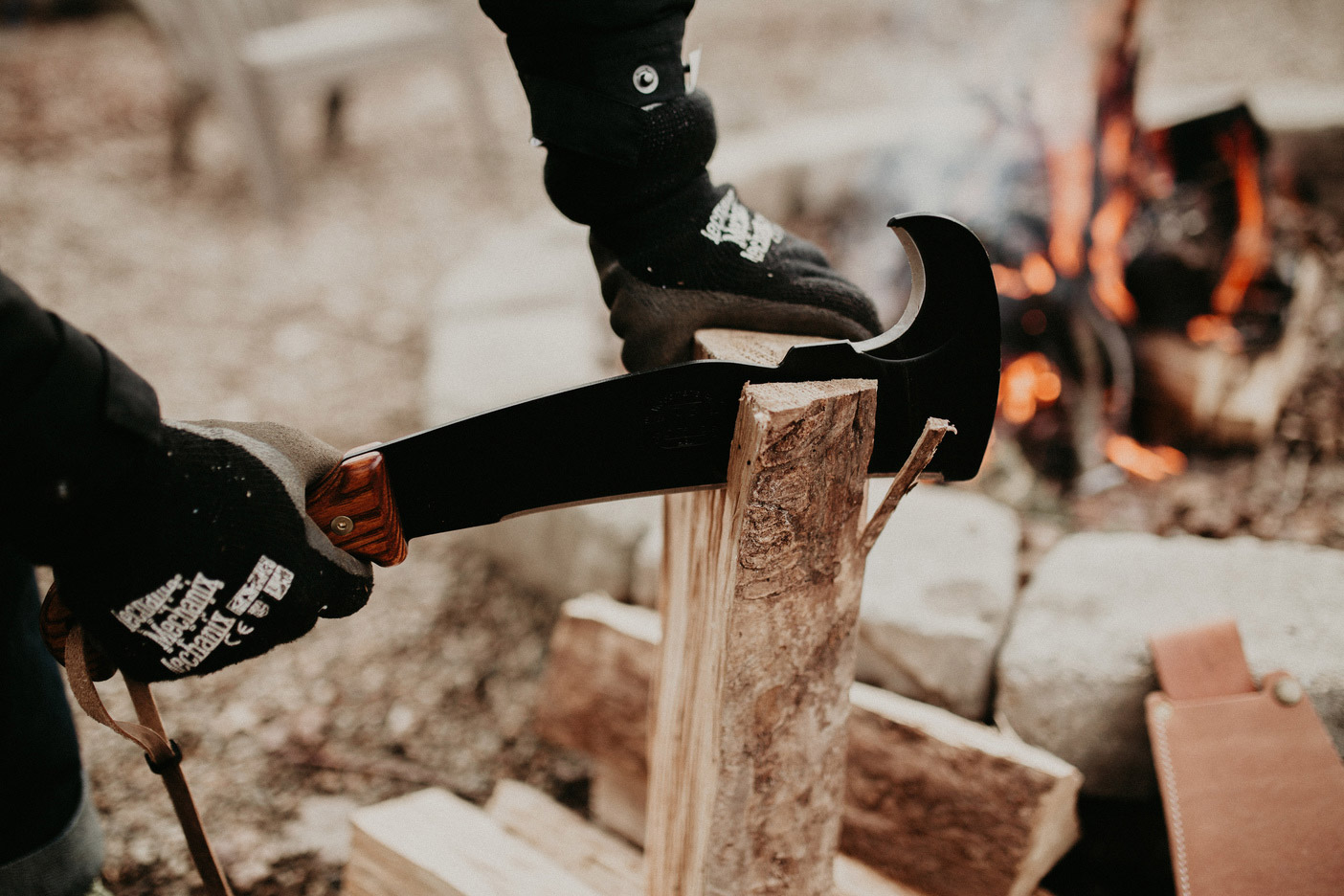Cold Weather Survival Tips
Share
The human body is not meant to withstand cold temperatures for long periods of time. That’s why, whenever you might be faced with the need to survive in cold weather or may face the prospect of a winter storm while outdoors, you need to be prepared. Your life may depend on it.
Understanding the threats, how to stave them off, and what the best cold weather survival management tools are will help you prepare for a potential life-threatening disaster.
